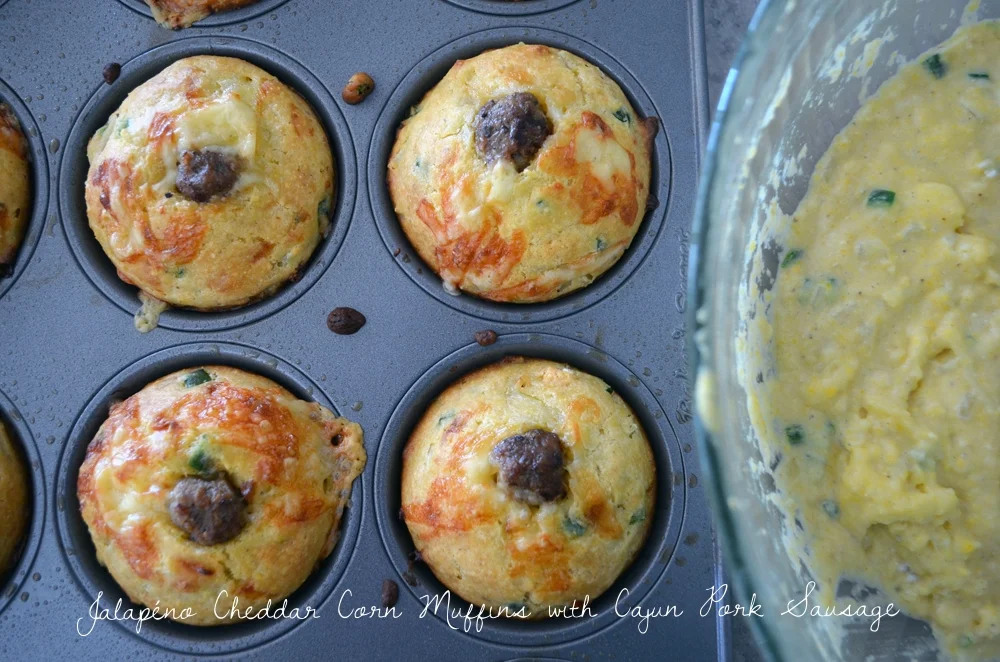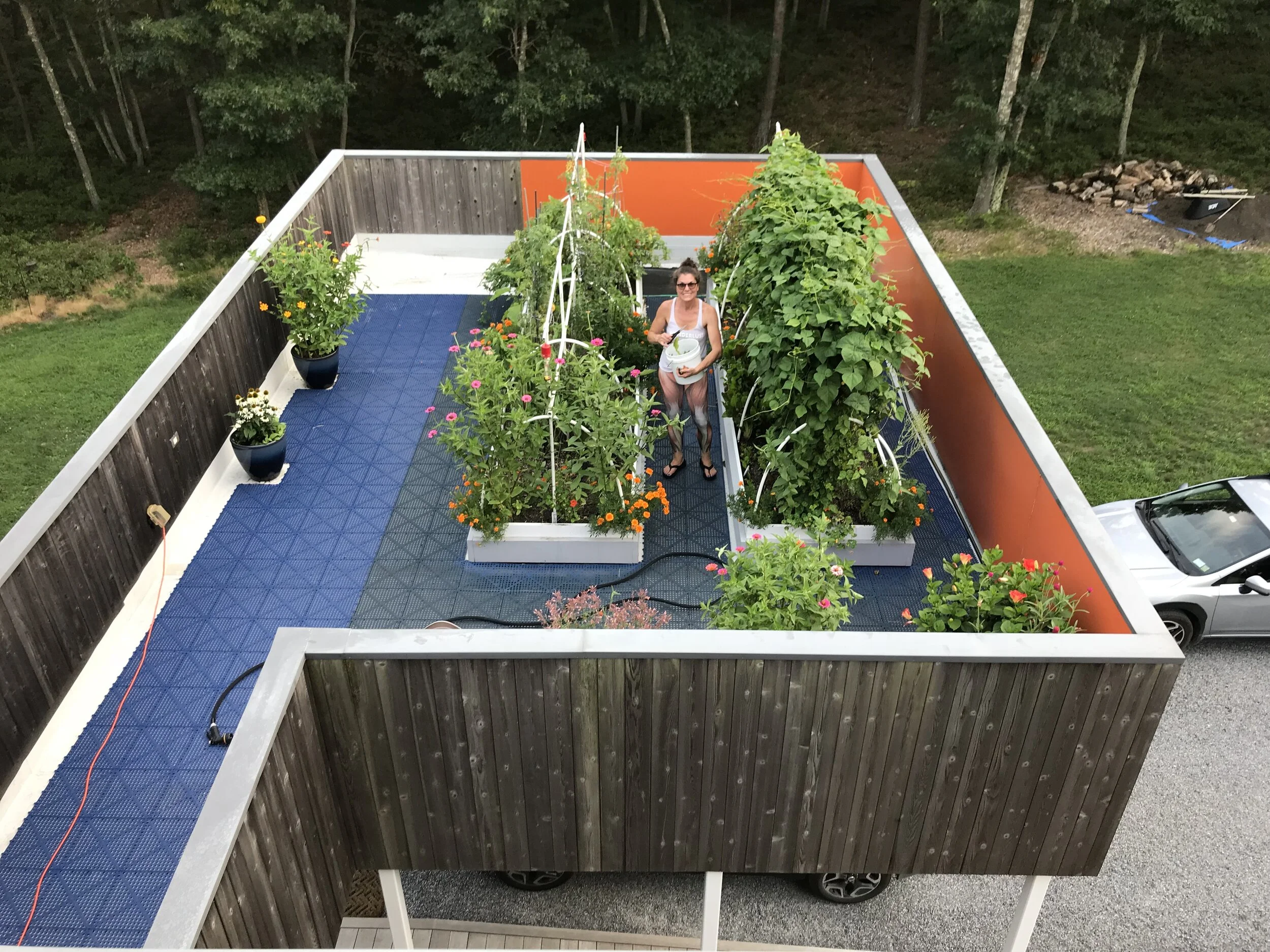Heirloom Tomato Summer Tart
/At the Union Square Greenmarket in New York City, tomato varieties have been making their debut amongst the strawberries, cherries and sugar snap peas at a few farm stands such as S&SO Farm—heirlooms, Eckerton Hill Farm—sungolds and Phillips Farm—greenhouse beefsteak tomatoes.
Summer is only a week old and I could not keep myself from the first of the farm stand tomatoes. What better way to welcome summer and this juicy delight than with an heirloom tomato summer tart; a savory crust filled with ricotta cheese, topped with tomatoes marinated in extra virgin olive oil and infused with basil. I prefer the heirloom cherry tomatoes for their size and vibrant color. The pâte brisée (shortcrust pastry) complements the sweetness of the tomatoes and the creamy ricotta cheese. The pâte brisée recipe is the same shortcrust pastry that was used for my duck confit tart and if you would like to try your hand at making ricotta cheese, you can find my recipe here.
Heirloom Tomato Summer Tart Recipe
Pâte Brisée (shortcrust)
ingredients
- 2 1/2 cups of flour
- 2 sticks of butter
- 1 teaspoon of salt
- 1/2 cup of ice water
- Parmigiano-Reggiano for grating on to tart after pre-baked.
directions
- Place the flour and salt in the bowl of a food processor, and process for a few seconds to combine.
- Cut up the cold butter into 1/2 inch cubes and process until the mixture resembles coarse meal, about the size of garbanzo beans. Pulse about about 10 seconds.
- Add the ice water slowly through the feed tube, just until the dough holds together. The dough should be visibly crumbly where you can pinch the dough between your fingers and should hold. You are not looking for a ball state here.
- Remove the crumbly mixture from the processor and place on a smooth surface. Work the dough only enough to just bring the dough together. Do not over-knead or your crust will end up tough.
- Divide the dough into two equal pieces, flatten each portion into a disk, cover with plastic wrap, and refrigerate for one hour before using. This will chill the butter and allow the gluten in the flour to relax. At this point you can also freeze the dough for later use.
- For each disk of pastry, on a lightly floured surface, roll out the pastry to fit into your preferred tart pan size. To prevent the pastry from sticking to the counter and to ensure uniform thickness, keep lifting up and turning the pastry a quarter turn as you roll. To make sure it is the right size, take your tart pan and place it on the rolled out pastry. The pastry should be about an inch larger than your pan.
- Lightly roll pastry around your rolling pin and unroll onto the top of your tart pan. Gently lay in pan and lightly press pastry into bottom and up sides of pan. Roll your rolling pin over top of pan to get rid of excess pastry dough.
- With the tines of a fork, prick the bottom of the dough (this will prevent the dough from puffing up as it bakes). Cover and refrigerate for 20 minutes to chill the butter and to rest the gluten.
- Preheat oven to 400° and place rack in center of oven. Line the unbaked pastry shell with parchment paper and fill the tart pan with pie weights or beans, making sure the weights are to the top of the pan and evenly distributed over the entire surface. Bake crust for about 20 minutes or until the crust is dry and lightly browned. Remove tarts from the oven; take out the pie weight and then grate Parmigiano-Reggianno on to the bottom of the tart so it is fully covered.
- Place tarts back in oven for 5 minutes to melt the Parmigiano-Reggianno, then remove from oven and cool on a wire rack.
To prebake the tart
Makes two, 9-inch tart shells or six, 4-inch round tartlets.
Filling for Tart
ingredients
- 1 quart of cherry tomatoes cut in half
- 3 tablespoons of extra virgin olive oil
- 1 1/2 teaspoons of sea salt
- 1 teaspoon of fresh pepper
- 1 tablespoon of pignoli nuts
- 1 scallion, chopped
- 1 1/2 cups of ricotta cheese; room temperature
- 1 teaspoon of lemon juice
- 1 tablespoon of fresh basil, roughly chopped
directions
- Over medium heat, toast the pignoli nuts until fragrant and lightly brown. Remove from heat to cool and set-aside for the tomato mixture.
- In a bowl place the ricotta, 1/2 teaspoon of sea salt, pepper and scallions. Mix ingredients together and let sit.
- In a bowl place the tomatoes, extra virgin olive oil, 1 teaspoon of sea salt, basil and lemon juice. Fold together and marinate for 30 minutes. Gently fold in pignoli nuts before you are ready to assemble.
note: you can prepare the ricotta mixture a day before, however it should be at room temperature before assembling.
Assembly
Fill each tart with the ricotta mixture up to the edge of the crust. Then carefully place the tomato mixture on top. Immediately serve at room temperature.




























